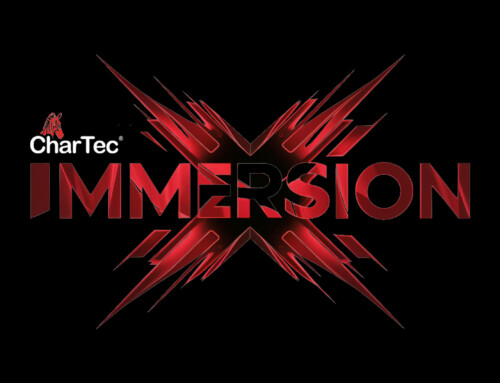One key advantage stems from networking—new opportunities. These opportunities arise from the knowledge and inspiration flowing out of and as a result of the connections you create. And all of this… is invaluable.
However, the question becomes: Can you mingle?
Do you have the skill to network with the best of them? Or, are you one of those dreadful introverts who make it through an entire business conference or local event without speaking to a single person?
At the very least, let’s hope you’re a step above the latter. But, keep in mind, even if you only speak to one person during the span of an entire event, your interactions are all about quality and not quantity. If you speak to the right person and ask the right string of questions, there’s no telling what could stem from that connection.
So how do you mingle? How do you ask the right questions, create a lasting impression, and produce meaningful and (don’t forget!) reliable connections? Well…
It starts with body language.
Much of what people take away from interactions will directly relate to how you present your physical self. It really won’t matter what you say if your body language doesn’t support it. Consider how we take in the world around us. According to this study, we remember 10% of what we hear, as compared to 80% of what we see.
For instance, if you’re speaking to someone about how utterly fascinating their business is yet the entire time you’re glancing around the room and tapping the side of your glass with your fingertips, the only thing you’re creating is an uncomfortable situation. You will appear apathetic, and the person you’re speaking with will feel as if you’re merely buying time to speak with someone more important.
Whether this is true or not, the interpretation of your body language will create an unintended ripple effect, tainting other attendees, as well as potential connections, partners, and clients outside of the present event. Because of this, it’s important to be aware of how you position yourself to other people.
You have the potential to be 55% more effective if you have positive body language; therefore, maintain eye contact, don’t forget to shake hands (and introduce yourself!), and direct your body towards the person you’re speaking to. Be mindful of how you use your hands, and how your face emotes.
Don’t come to the game without a plan.
In some instances, you might receive the advice to “wing” events, so you have the ability to truly connect to people (aww). But, this would be a mistake. Forbes calls it strategic networking, and this involves researching three main categories: the host (and sponsors), the guest list (if you’re given that luxury), and any guest speakers.
You can’t fall into the mindset that conferences and events are only for learning. While these gatherings are commonly focused on a specific business issue, concept, or product, it’s also for—yup, you guessed it—connections. And if all you do is learn, you’ll miss out on valuable information—as weird as that sounds.
Getting back to Forbes and strategic networking, you should always know who will be at your event and why. If you’re familiar with the host, sponsors, and speakers prior to attending an event, you can build up an arsenal of conversation starters. If you’re even slightly familiar with the guests—their industry, job titles, and backgrounds—you can dig deeper into the why.
The ‘why’ of everything will assist you in crafting relationships… you will gain the ability to connect the dots between your business and their business. How can the two work together? What can be gained from a relationship? What can be learned from one another? Does one have connections the other needs?
How you feel about your answers to these questions (which may take one second or one hour to answer), will determine your game plan. “I find person X, and I reach point Y.” Once you reach point Y with person X (whether it’s one time or ten times), well, my friend, you’re mingling like a champ.







Leave A Comment